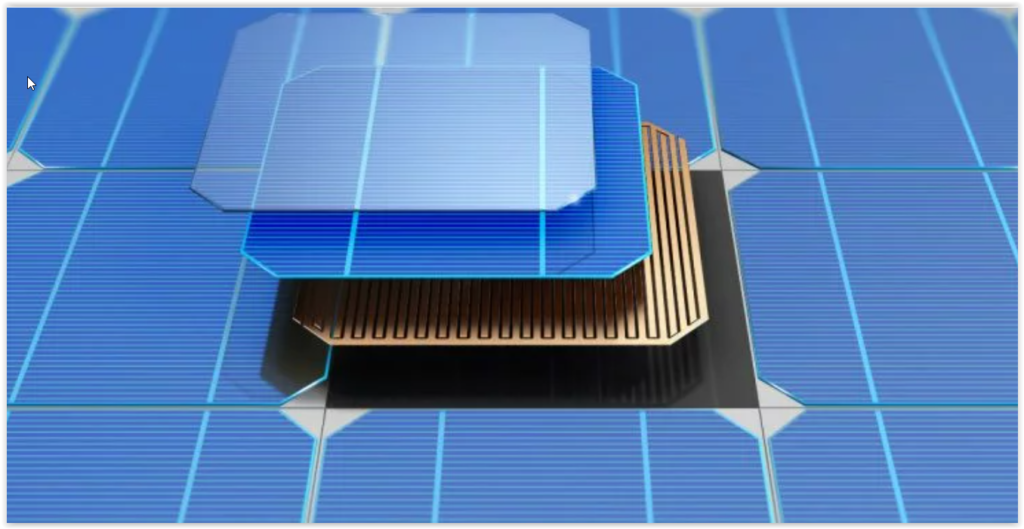The quest for efficient and sustainable energy solutions has taken a significant leap forward with the development of a new quantum material for solar cells by researchers at Lehigh University. This innovative material has demonstrated remarkable capabilities, boasting an impressive photovoltaic absorption rate of 80% and an external quantum efficiency (EQE) of up to 190%.
Lead author of the research, Chinedu Ekuma, explained that the EQE represents the ratio of electrons collected by the solar cell to the photons that hit it, indicating how effectively the solar cell converts photons into electrical current. This new quantum material surpasses the traditional efficiency limits set by the Shockley-Queisser theory, which is the standard for silicon-based solar cells, with a maximum EQE of 100%.

The key to this material’s exceptional performance lies in its unique “intermediate band states,” strategically positioned within its electronic structure to facilitate the efficient conversion of light energy into electrical energy. Unlike conventional solar cells that suffer from energy loss through reflection and heat, this quantum material maximizes photon energy conversion, leading to superior performance and efficiency in solar energy generation.
The potential applications of this breakthrough are vast. With further research and development, this quantum material could revolutionize solar energy generation, making it more efficient, cost-effective, and accessible. This advancement could accelerate the adoption of solar power as a primary source of renewable energy, reducing reliance on fossil fuels and mitigating climate change impacts.
While the practical application of this quantum material in real solar cells requires further research, the experimental techniques used in its development are already highly advanced. This innovation signifies a significant step forward in the ongoing efforts to enhance solar energy efficiency and accessibility, offering a promising pathway towards a cleaner, greener, and more sustainable future.
As we continue to seek innovative solutions to address our energy needs, breakthroughs like this serve as a reminder of the importance of investing in renewable energy technologies. The development of this quantum material highlights the potential for solar energy to play a crucial role in our transition to a more sustainable energy future.